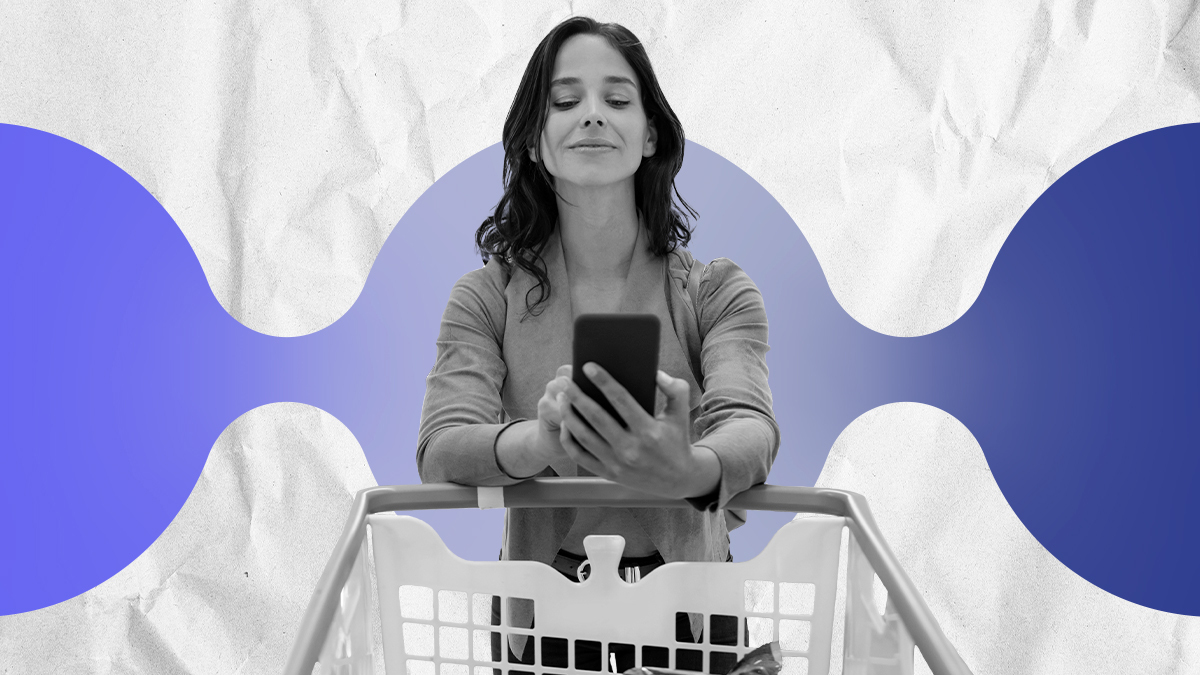Skim through current advertising and marketing headlines and you’re sure to read about time-starved shoppers yearning for an engaging, effortless experience. An experience that, sadly, seems hard to come by.
In today’s world of multichannel shopping, customers do and should expect more from retailers. Customers seek enhanced shopping experiences that help them quickly find and buy the products they need or want—whenever, wherever and however they choose to shop.
Simplify the customer journey
The possibilities to engage and interact with a shopper are immense. While exciting, this also presents a formidable challenge for retailers, prompting questions like:
- How can you enhance the mission of the shopper?
- What business outcome are you trying to drive?
- What ecommerce features should you offer?
- How, when and where should those features appear to customers?
- What data can you gather to help improve the next interaction with a shopper?
The answers to these questions are critical to developing a customer journey that is easy both to navigate and to take a desired action (e.g., view, download or buy). But creating a simplified shopping experience is anything but simple. Instead, it is a complex web of features, along with layers of personalization and insights, that need to be processed instantly and displayed beautifully to seamlessly guide the shopper to their desired goal(s).
With so many channels to consider while facing intense competition, how can retailers successfully engage shoppers and turn them into loyal customers?
The answer lies in providing a seamlessly integrated shopper experience across brick-and-mortar and ecommerce—one that makes customers’ lives easier. It isn’t about one or the other; it’s about creating a holistic, consistent experience that goes far beyond a transaction, resulting in added value to their busy lives.
Re-invent the in-store shopping experience
To bridge this gap in retail, you must reinvent the in-store shopping experience. Imagine a mobile app that serves as a virtual grocery-shopping assistant, guiding a consumer on their journey through the aisles.
Is the shopper unable to find the item they’re looking for? An “in-store mode” leads them to its shelf location.
Creating a simplified shopping experience is anything but simple.
Does the shopper need inspiration on what to cook for dinner? A “recipes” section offers curated suggestions that will satisfy even the pickiest eaters.
Is it necessary to stick to a budget? The shopper can plan a full week of meals in “budget mode,” which tracks spending while they shop.
Mobile apps are as unique as each retailer they serve, and if created and used wisely, they can provide a personalized experience delivering tailored services and immense value to shoppers. And as you probably know, these types of apps already exist. But user experience (UX) can vary greatly, determining whether or how much customers use them.
Put the customer first
To be successful, retailers must begin with the goal of making life easier for customers daily by helping them get what they want when they want it. This process begins with a responsible collection of user data and is enabled by functionality that allows for a dynamic display of smart content.
Many shoppers have predictable patterns. For example, 10 items in my fridge are replenished weekly. By analyzing these patterns and homing in on what is important to shoppers, you can customize UX to highlight unique offers, enable subscription replenishment and make sure favorite or frequently purchased items are prioritized.
When retailers tear down the barrier between brick-and-mortar and ecommerce shopping, a whole new world of enhanced experiences is revealed.


































